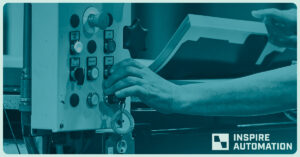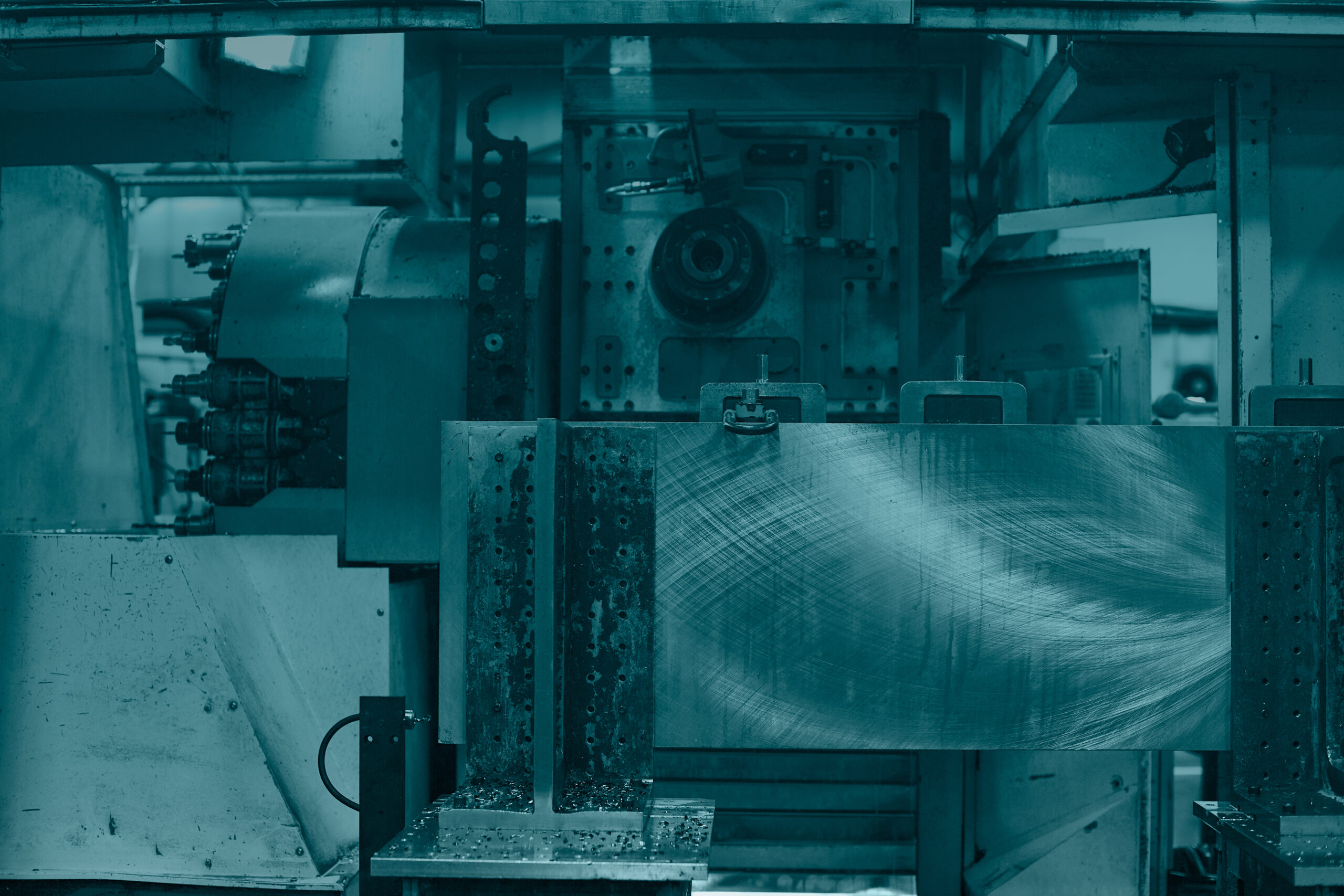Key Controls and Best Practices to Keep Your Corrugated Packaging Facility Safe—and Productive

Fallout from the Covid-19 pandemic continues to impact supply chains, causing corrugated packaging facilities and other manufacturers to turn up the focus on efficiency and safety.
New advances in automation and technology are helping manufacturers create better, more efficient packaging. Embedded technologies such as QR codes, barcodes, and WIP management systems like our APCS Solution help monitor loads throughout the manufacturing process and quality-control automation systems help manufacturers create a safer working environment and a higher-quality product.
But to access the full spectrum of benefits afforded by these technologies, manufacturers must put in place a series of key controls and best practices that will assist in creating a safer, more productive facility.
Internal Control Frameworks and Best Practices for Higher Quality and Better Safety
At the intersection of technology, people, and processes is the sweet spot that many manufacturers aim for—the place where productivity, efficiency, and product quality are high while risks and safety hazards are low. To easily achieve your target, consider focusing on each of these areas independently, putting controls and best practices to work for you.
Start with the Process
Begin by determining which processes are most impacted by quality and safety issues so you can prioritize the rollout of your controls and process system.
Engage the People
People are integral to any successful manufacturing organization. Ensure your best practices and controls are fully understood by engaging your workforce in a meaningful way. Educate and train from the top down, ensuring that everyone understands the importance of following protocols. Using automation to assist you in controlling safety and quality is smart, but only if everyone on your team, from management to the factory floor, understands how it works and how to use it effectively.
Add Appropriate Controls and Best Practices
There are specific best practices and automation controls that are particularly useful in a corrugated manufacturing facility. Some of our go-to suggestions include:
Sideframe Stickers: Adding sideframe stickers to identify sensor locations can prevent accidental tripping of automatic sensors. Tripping sensors can cause injury to someone in the vicinity of a device that suddenly moves without warning.
PLC Program Backup: Keeping backup copies of your Programmable Logic Controller (PLC) programs for conveyors can ensure that your facility can restore them and recover productivity quickly in the case of a power surge. To stay protected from unnecessary downtime, ensure that your programs are backed up at least annually. Confirmation of your backup, along with copies of current layouts and schematics, should make up part of your quality-control program. Our team recommends installing MGuard, a remote-panel VPN, plant-wide to enable fast, easy, and remote PLC access and diagnostics. The ability for remote diagnostics is especially important in Internet of Things (IoT) environments, where there is a greater need for information from remote locations. However, every manufacturing facility will benefit from rapid diagnosis of automation discrepancies and inaccuracies through MGuard.
Optimize Zone Sizing: Make sure your space is optimized for the largest possible loads so your facility can easily handle every necessary size output. Ensuring your conveyor cut-up aligns with your zoning requirements will help you maximize zone storage and control performance. Having maximum and minimum load sizes planned for production at the onset of the material-handling automation design is paramount to maximizing your flow and throughput based on the efficiency goals for that portion of the manufacturing process.
Maintenance of Sensors: Much automated equipment is dependent on sensors for smooth, accurate performance. Keep your equipment running smoothly by conducting ongoing maintenance of sensors, including regular cleanings, dust removal, and periodic adjustments and realignments.
Spare Parts Inventory: Machine downtime can halt production and cause a negative impact to your scheduling, customer satisfaction, and ultimately, your bottom line. Reduce the possibility and impact of downtime by keeping a robust spare-parts inventory on hand. Consider including items such as pre-programmed panels for key operations to reduce repair and replacement for IDEC input panels that are, or become, defective.
Let Inspire Automation Help You Get Control of Your Facility
As a leader in robotic and material-handling automation, our team of experts is committed to helping clients in the corrugated material industry fine-tune their processes through smart automation. When you have control of your processes, you can simplify your work environment, providing higher-quality products with less risk.
Through our combined partnerships with Automatan LLC and Systec, we are uniquely qualified to bring you the assistance you need for the entire manufacturing process, from assessment and consulting to installation, maintenance, and ongoing troubleshooting. To learn more about ways to better control your manufacturing environment, contact us today.
More from the Blog

Streamlining Material Handling in Non-Corrugated Facilities: Inspire Automation’s Tailored Solutions
Discover Inspire Automation's customized material handling solutions for non-corrugated industries. Improve efficiency and save costs with robotic and automation technologies.
Read Full Article
Efficiency and Precision: The High-Speed Capabilities of the Model 3710 STS Laminator
Considering the push towards operational efficiency enhancement, the Model 3710 STS Laminator by Inspire Automation is a beacon of innovation and strategic foresight.
Read Full Article